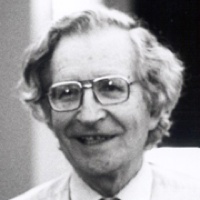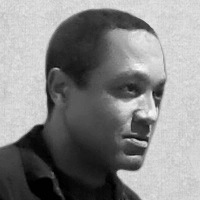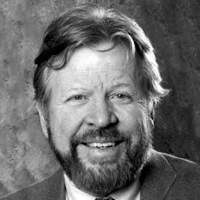


Speculative Grammarian has learned that preparations are already underway for the selection of the next Noam Chomsky. Although the current Noam Chomsky (privately referred to as Noam III) has not yet announced when he will step down, it is believed that he has already made the decision and that he may abdicate as early as next week. The powerbrokers of Generative Linguistics wish to be prepared, and probably hope to avoid the atmosphere of crisis that has occurred twice before, when both Noam I and Noam II left the position unexpectedly.
In spite of the lack of official announcements, there can be no doubt that the Council of Generativism has already issued invitations, with only the date still unspecified, for the assembly which will choose Noam IV and present him (or her) to the public as the face of Linguistics.
Those versed in the history of Linguistics will doubtless remember how the field was shaken to its core when the original Noam Chomsky abdicated, suddenly and unexpectedly, in 1975, citing growing pessimism that “X-bar” theory could solve the ultimate problems of syntactic analysis. Chomsky took up full-

Specifically, the title of Noam Chomsky was bestowed upon Cyrus Brockmorton, a pipefitter whose two qualifications seem to have been that he was married to a niece of linguist Zellig Harris and that he was a former high school classmate of the original Noam Chomsky (now known among insiders as Noam I). Coincidentally, Brockmorton also happened also to be almost a dead ringer for the retiring master. In spite of his excellent pedigree, Brockmorton had previously shown absolutely no interest in generativism, nor in fact particularly in Linguistics at all. Undeterred by his dearth of experience, however, the newly-

Once again, Linguistics had lost its standard-
After the upheaval of the 1980s, though, choosing a third Noam Chomsky proved to be divisive. Joan Bybee was nearly elected, with some progressive generativists arguing that it was time to heal the rifts within the field, and hoping that Bybee would bring the emerging and potentially threatening functionalist movement back into the fold of the mainstream. But this bold attempt to counter factionalism failed, and instead a hard-

This brings us back to the present, when speculation is rampant as to what sort of person will be elected Noam IV.
There is significant speculation (and in some quarters, hope) that the committee may break with tradition and choose an entirely new look for Noam IV. Names which have been floated are John McWhorter, Dan Everett, and Deborah Tannen. However, others feel it likely that the obscure linguist Zellig Harris III is the inevitable candidate, as he has the familiar “Noam” look and belongs to the Harris family, which seems to be taking control of the title as a hereditary dynasty.




But hope remains among some linguists for major changes. Some likely Council delegates have said privately that they believe that the general public does not now remember that Noam Chomsky the linguist and Noam Chomsky the political activist were ever the same person. Thus, there should be no negative ramifications if the two start to look different, and in fact there might be positive benefits for the field, inasmuch as Noam Chomsky the political commentator has gradually faded into obscurity, and this could actually diminish Noam IV’s stature as primary representative of Linguistics, if anyone remembered that “Noam Chomsky” was once a single person, and not two.
As always, Speculative Grammarian’s readers can count on us to provide the most up to date and reliable reporting. When the Council convenes, we will not be in the room, but we’ll be watching all the signs. Check back often because Speculative Grammarian will almost certainly be the first to break the news when the next Noam Chomsky assumes the mantle of leadership of our field.
All images are licensed from Trey Jones, under CC BY 3.0, except for the image of Daniel Everett, which is licensed under CC BY-SA 3.0.